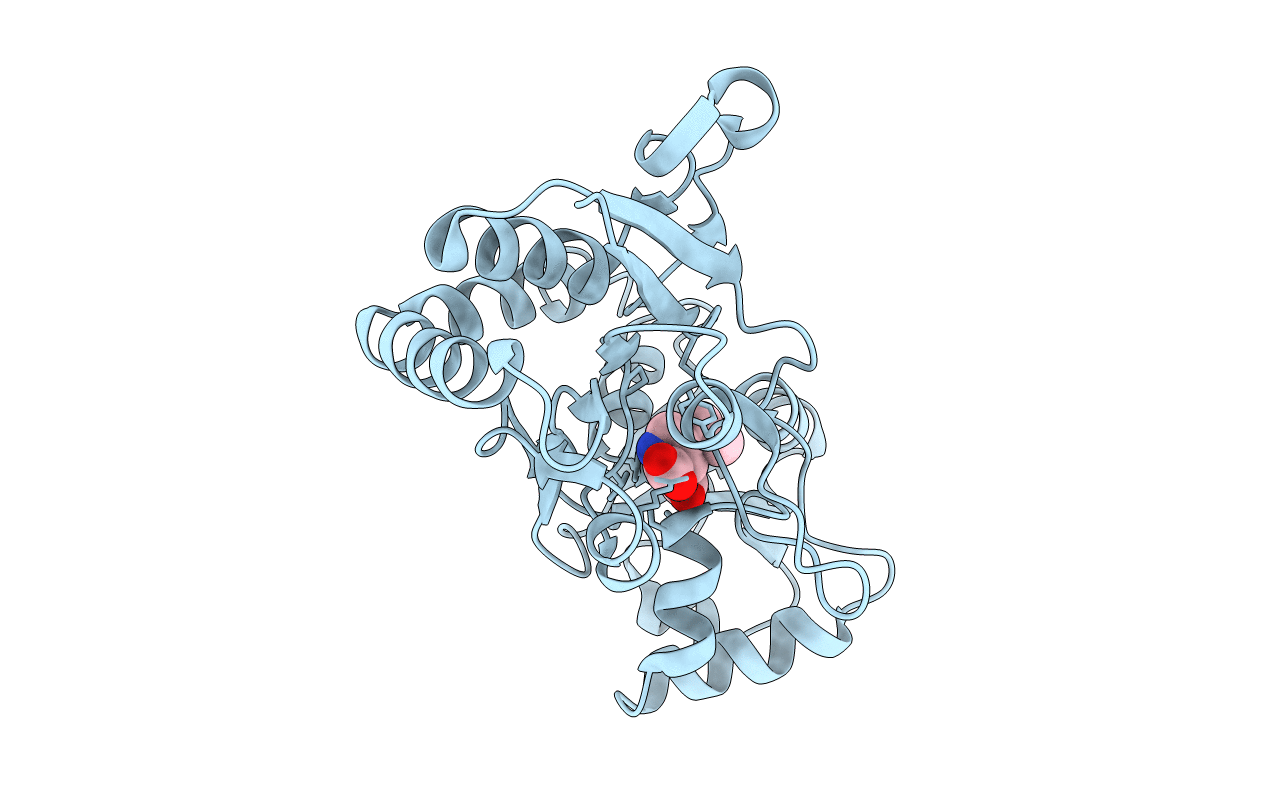
Deposition Date
2003-04-13
Release Date
2003-06-10
Last Version Date
2024-11-13
Entry Detail
PDB ID:
1P1N
Keywords:
Title:
GluR2 Ligand Binding Core (S1S2J) Mutant L650T in Complex with Kainate
Biological Source:
Source Organism:
Rattus norvegicus (Taxon ID: 10116)
Host Organism:
Method Details:
Experimental Method:
Resolution:
1.60 Å
R-Value Free:
0.25
R-Value Work:
0.23
R-Value Observed:
0.26
Space Group:
P 21 21 2


